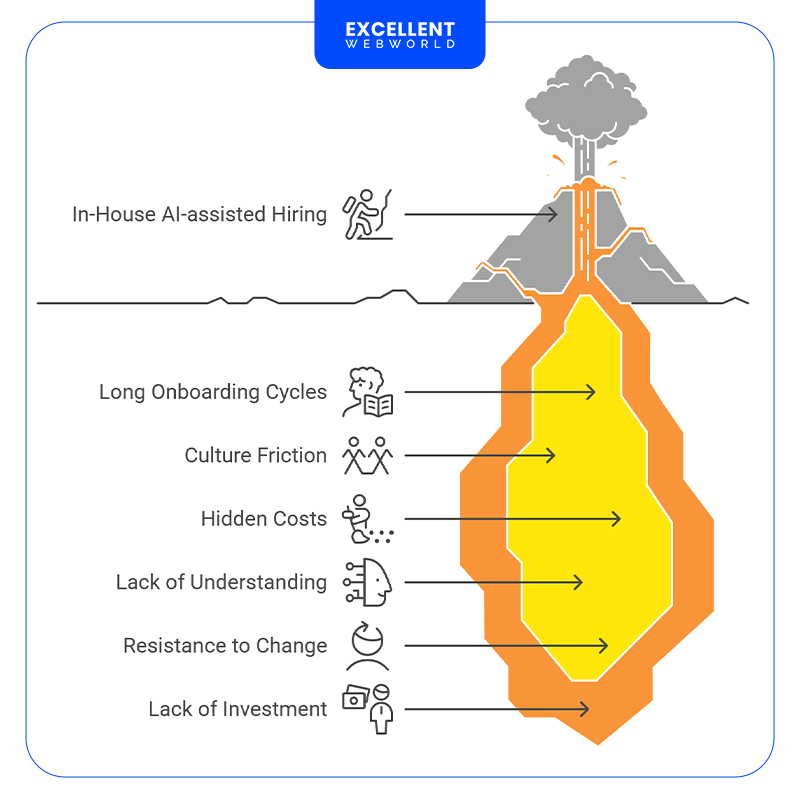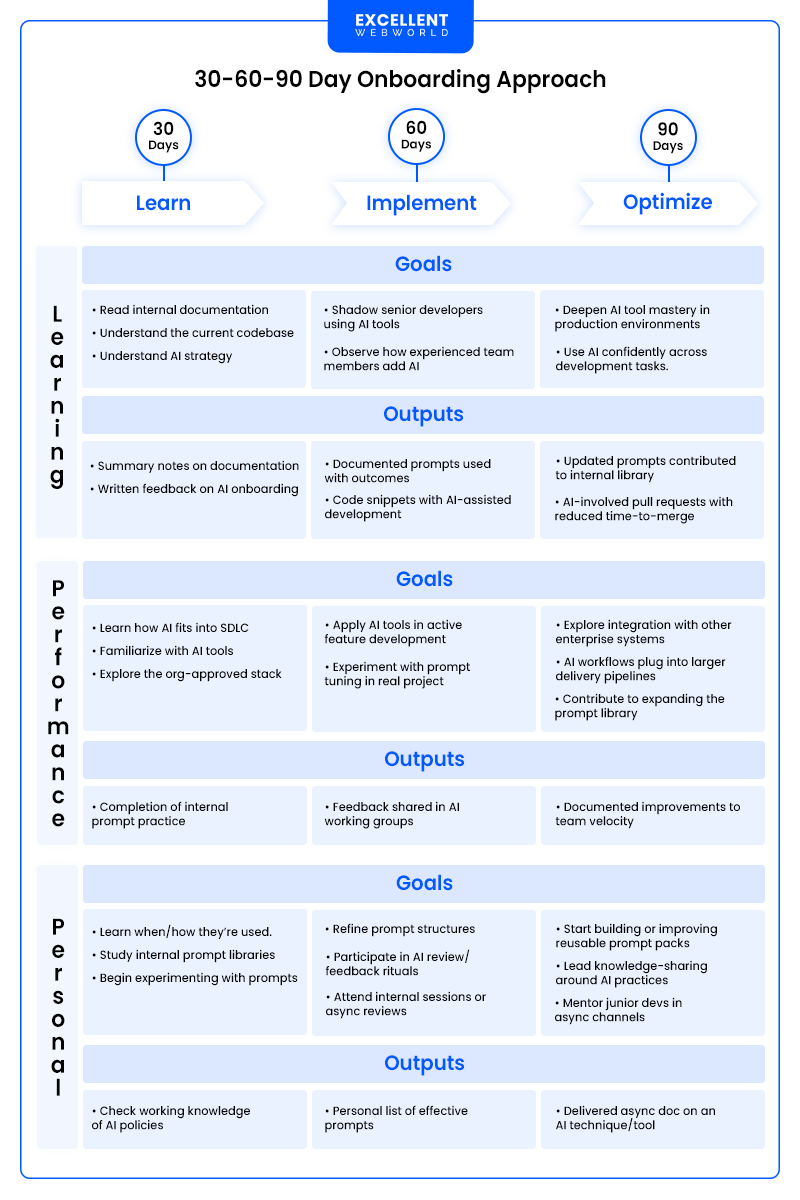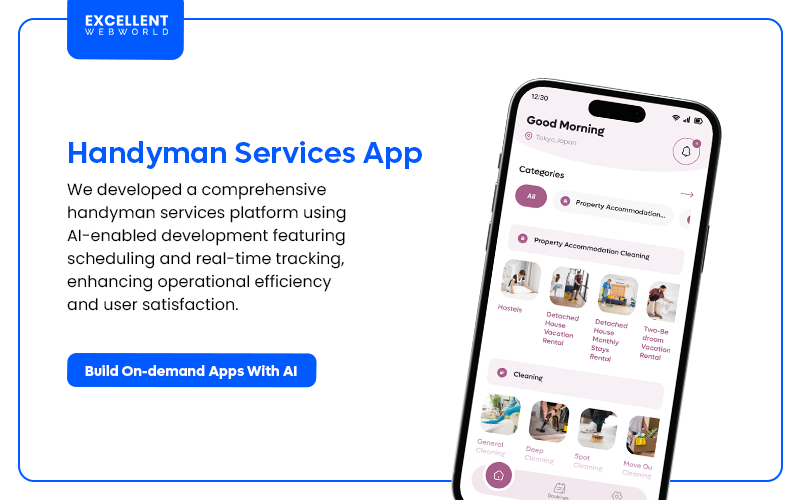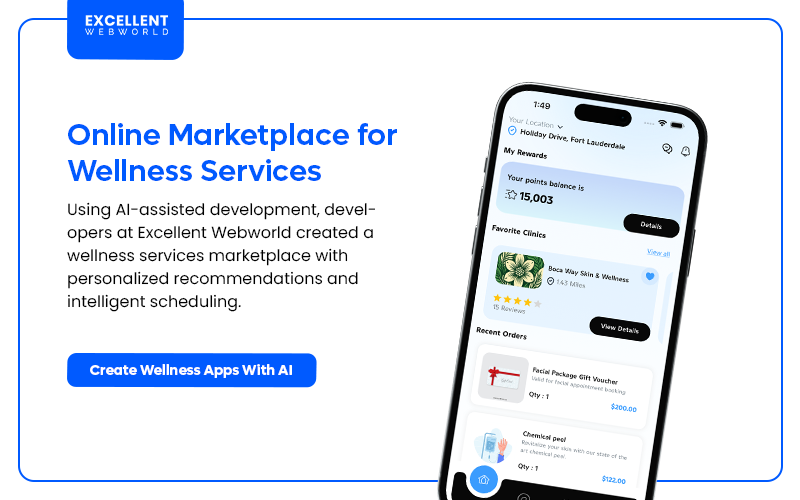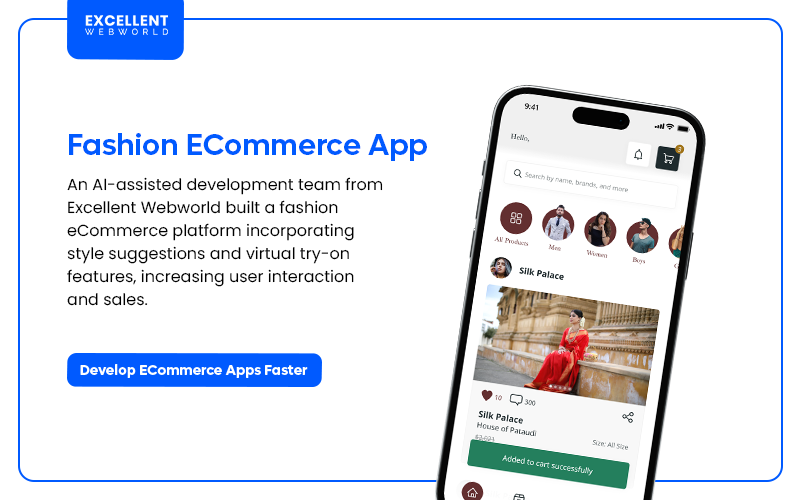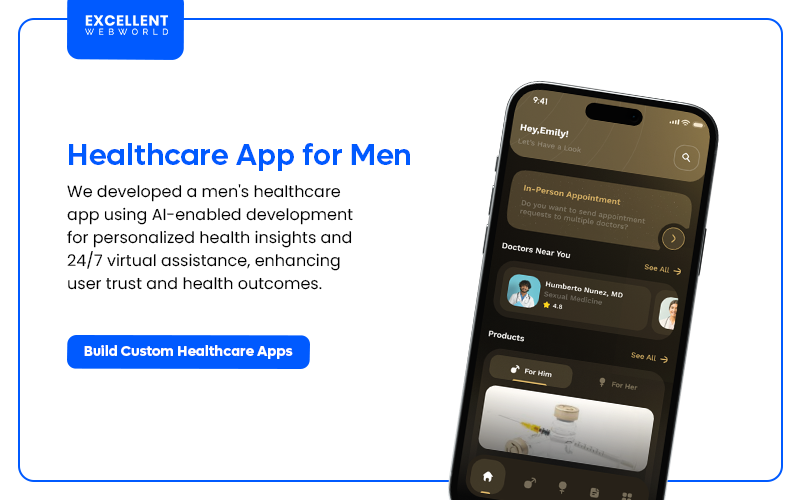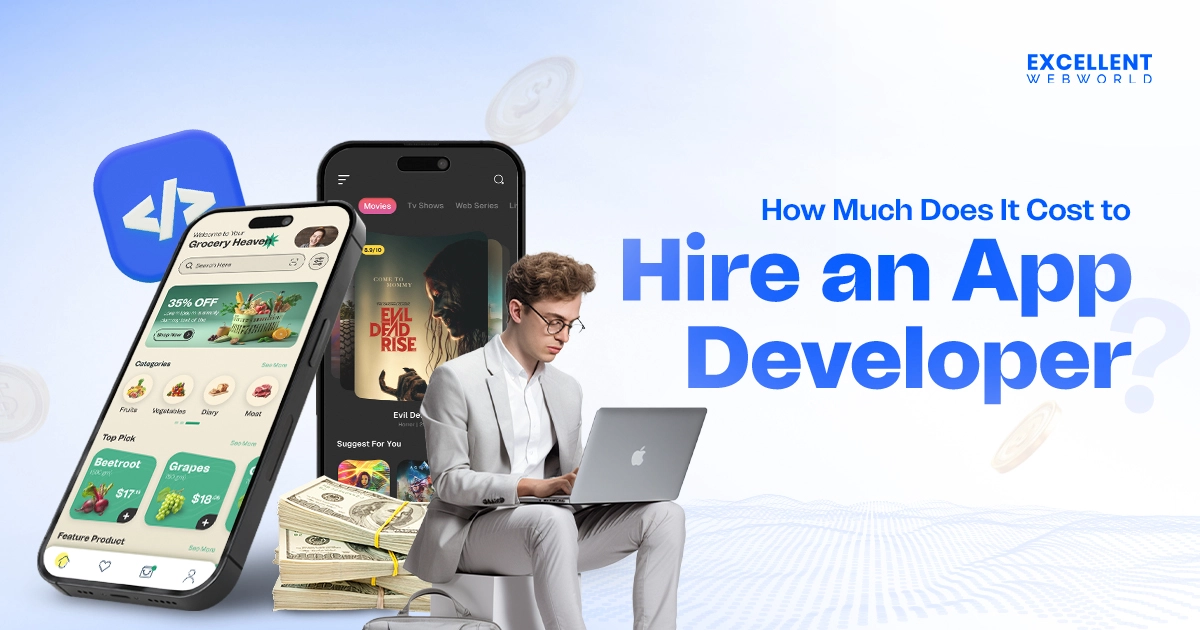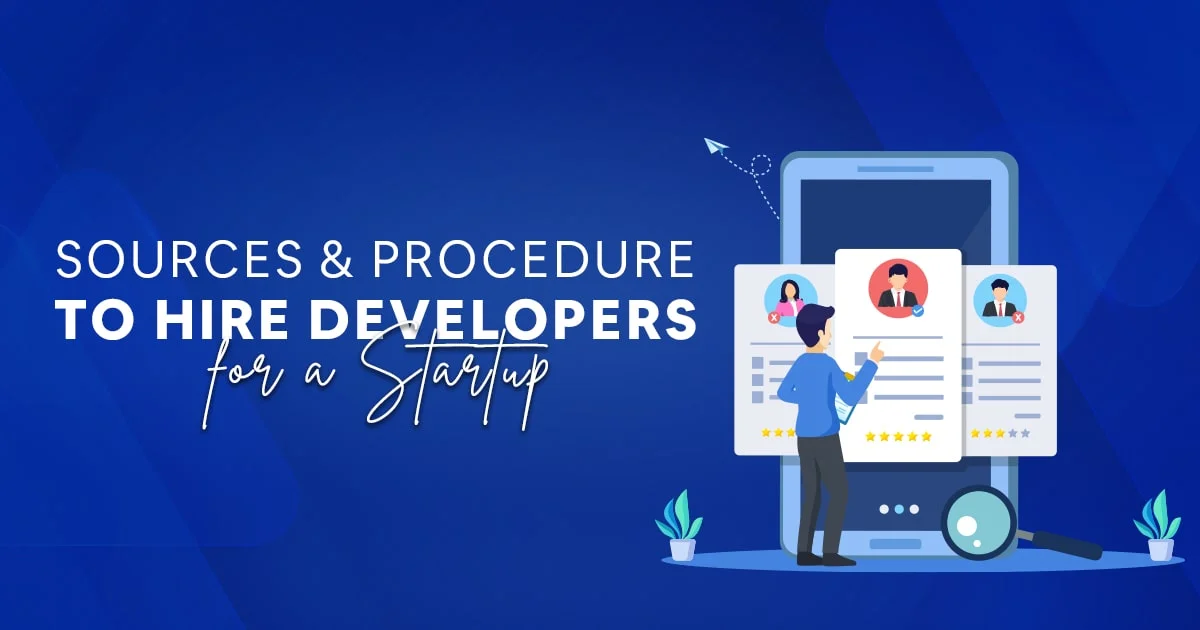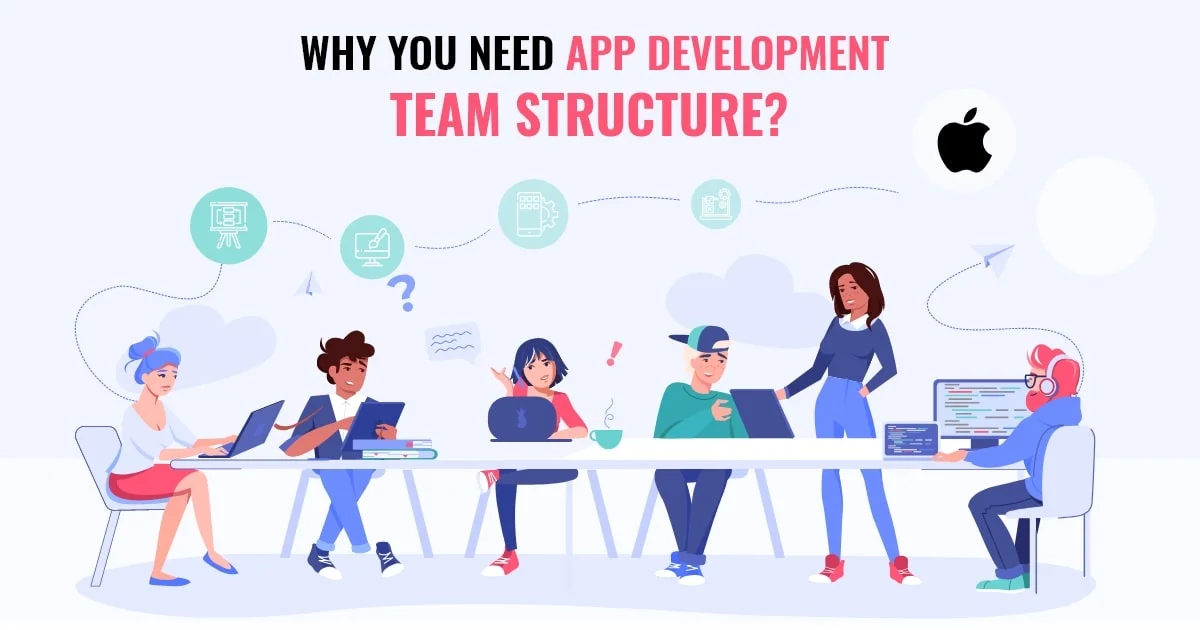Your backlog is growing. Your team’s overloaded. And your current vendor still ships like it’s 2018.
So, what do you need? A new vendor with a new set of developers?
Yes. But traditional? No.
You need a vendor that houses a team of AI-assisted developers & engineers.
You might be wondering, “what’s that now”? Well, these developers leverage AI tools to code faster, catch bugs earlier that can often happen when one solely relies on AI to generate code, and scale smarter, without increasing overhead.
But here’s the challenge- everyone claims to be “AI-driven” now.
Most of it? Just buzz.
So, how do you cut through the noise and how to hire AI-assisted developers that ship features faster?
This guide provides eight practical steps to find, evaluate, and scale with an AI-assisted development team.
Steps to hire AI-assisted developers:
By following these steps, you can effectively integrate AI-assisted software Development into your operations, enhancing efficiency and scalability.
So, let’s start with the first step right away!
Step 1: Understand What AI-Assisted Developers/ Engineers Actually Are
Most organizations still treat AI tools like sidekicks — a browser tab open next to their IDE. But if you’re serious about reducing burn and delivering software faster, it’s time to upgrade from traditional to AI-assisted development.
So, what exactly is an AI-assisted developer?
An AI-assisted developer is a skilled software engineer who uses AI tools to make the development process efficient. It is essential to understand that hiring an AI-assisted developer differs from hiring an AI engineer and hiring a Vibe coding developer. Because Vibe coding is completely a different concept than AI-assisted coding.
Hiring AI engineers only makes sense if you want to build AI-based solutions. You hire AI-assisted developers/engineers to reduce the time-to-market development errors and integrate AI into software development.
Hiring developers who use AI tools—sometimes called AI-assisted or AI-augmented developers—means bringing in professionals who leverage artificial intelligence to enhance various aspects of software development. This is unlike partnering with a Vibe coding development company that just focuses on validation and verification aspects of AI-generated code and creates an MVP, prototype or PoC faster than traditional development.
These developers might use tools like GitHub Copilot to accelerate coding, but AI assistance can also extend to broader tasks such as automated testing, code review, documentation, and even aspects of system design.
In practice, the terms ‘AI-assisted developer,’ ‘AI-assisted software developer,’ and ‘AI-augmented developer’ are often used interchangeably, reflecting the growing role of AI across the entire software development lifecycle.
Knowing the differentiation is crucial if you are still still figuring out how to hire AI-assisted developers.
Hiring such developers is like hiring “developer v2.0!” who can offer you,
And if you are still wondering, ‘What is the difference between AI developers and AI-enabled developers?’ It’s essential to understand the distinct roles, especially when considering hiring AI developers for specialized projects.
Here is a comprehensive differentiation,
| Fundamental Principle | AI Developer | Traditional Developer | AI Assisted Developer |
|---|---|---|---|
| Core Focus | Builds and deploys AI/ML models | Writes code manually to meet software requirements | Delivers software using AI tools to accelerate output and improve quality |
| Use Case Fit | Needed when building AI-powered features or models | Suitable for standard projects with longer timelines | Ideal for product teams looking to move faster with fewer resources |
| Workflow Style | Data-focused, model training cycles | Linear: design → code → test → deploy | Adaptive real-time AI suggestions, instant debugging, automated testing & documentation |
| Speed to Deliver | Medium to slow (depends on model complexity) | Moderate (manual effort-driven) | Rapid development due to AI-enhanced workflows |
| Automation Level | Automates decision-making and pattern recognition | Manual coding, automation via scripts | Automates repetitive coding, bug fixes, and documentation via AI |
| Scalability | Scales with data and model improvements | Scales with developer effort | Scale productivity with AI tool adoption |
| Cost to Hire + Maintain | Very High | Moderate | Cost-Effective |
Apart from the above differentiation, engaging AI consulting services can help assess your project scope, technical requirements, and long-term goals before hiring AI-assisted developers.
Now that you know what AI-augmented developers are, the next step is to find the real reason behind hiring them.
Step 2: Identify Why Your Organization Needs an AI-First Development Team
When planning for an AI-first developer team hiring, a crucial step is to assess why you need them. You must evaluate existing processes and pinpoint specific problems that AI-augmented developers will solve.
Here is a self-assessment checklist that you can use to identify the exact need for hiring an AI-first development team.
Step 3: Define Key Roles And Responsibilities You Need Before Hiring
Defining specific roles in your organization is crucial when considering how to hire AI-assisted developers. This step supports a more efficient software development process.
For example, if you want to improve the test accuracy and velocity, your AI-assisted developer hiring strategy should be designed accordingly. It needs to focus on hiring talents who can use AI tools to assist in test automation.
Similarly, you must define whether you need faster frontend interactions, API development, debugging, or test automation efficiency. Once defined, create a side-by-side comparison of traditional vs. AI-assisted developer roles to guide your hiring and team-building decisions.
Some of the significant roles for which you can do side-by-side comparison are,
Here is a side-by-side comparison example for the frontend developer role,
| Aspect | Traditional Frontend Dev | AI-Assisted Frontend Dev |
|---|---|---|
| Core Responsibility | Builds UI with HTML/CSS/JS, manual testing, and browser QA | Builds UI, uses AI to generate components, auto-test, and doc |
| Workflow | Manual designing, coding, and testing | Uses AI tools to automate designing UI templates, auto-generates tests, and debugs with AI |
| Tooling | VS Code, Figma, Chrome DevTools | GitHub Copilot, Cody, ChatGPT, Figma Make |
| Velocity | Moderate delivery speed | Faster delivery |
| Code Quality | Inconsistent | Higher quality code with AI suggestions |
Step 4: In-House AI-Assisted Developer Hiring Vs Partnering with Offshore AI-Assisted Developers
Most CTOs, VPs of Product, and Heads of Digital Transformation hit a wall when it comes to this question:
‘Should we hire AI-assisted developers in-house, or should we outsource AI-assisted developers?’
When exploring options, dilemmas such as in-house versus offshore or nearshore vs offshore outsourcing are common in the search for the most suitable solution.
And while you may think that in-house is better, here’s why hiring AI-enabled developers in-house becomes a hassle for most organizations,
When you partner with a software development service that offers an AI-first development team, you don’t have to go through the hassle of onboarding, training, and integration into the organizational culture.
So, when should we hire in-house and when should we not?
Here is the answer,
Hire AI-Assisted Developers when,
Hire in-house when,
It’s crucial to understand that if speed, cost-efficiency, and modern workflows matter the most, partnering with an AI-assisted development team or AI-assisted engineers is the smarter option. If you are still overwhelmed by the decision of which model to choose and when, you can consult expert business IT consultants for guidance.
For how to hire AI-assisted developers, understand where to find them and what to look for.
Step 5: Where To Find AI-Assisted Developers & Engineers
Hiring AI-assisted developers isn’t about resume keywords—it’s about hands-on skills with tools like GitHub Copilot, CodeWhisperer, Replit Ghostwriter, and Tabnine. These developers have knowledge of programming languages of Python and work directly in AI-powered tools like Lovable or Cursor.
Skip job boards. Check GitHub, LinkedIn, and AI-focused dev communities for real project work. Don’t rely on agency pitches—verify their actual use of AI.
Here’s a cheatsheet to help you find the right AI-augmented talent.
| Source | What to Look For | Why It Works |
|---|---|---|
| Delivery Partners(Excellent WebWorld) | Evaluate case studies showing AI-assisted delivery, tools used, and development workflows that include AI integration | Fast, reliable. Skip training and get delivery-focused dev pods instantly. |
| Freelance Platforms(Upwork, Fiverr) | Check profiles mentioning tools like GitHub Copilot, ChatGPT, Tabnine, etc. | Good for MVPs or experimental features |
| Developer Communities (GitHub, Reddit) | Find contributors to open-source AI projects, prompt engineers, and Copilot plugins | Authentic early adopters. Find talent before they hit hiring platforms. |
| Tech Hiring Platforms(Wellfound, LHH) | Look for assessments involving AI tools or AI-first thinking | Structured screening |
| Hackathons & Competitions(Devpost, Kaggle) | Check for repeat participants in AI-specific events, GitHub stars for AI repos | High-signal, self-motivated developer |
With your candidate list final after using that cheat sheet, it’s time to prepare for hiring with a strategic approach. Because it’s different from how you hire app developers, here is how to prepare for the pre-hiring phase.
Step 6: Create An Evaluation Framework To Hire AI-Assisted Developers
AI-augmented developers don’t just code — they co-create with machines. Before you bring them on, align on how they work, what you expect, and if they fit your workflow.
Here’s an essential checklist of your pre-hiring evaluation you can use.
Using this checklist, you can evaluate the talents before hiring them. It also allows you to assess and employ AI-assisted developers based on specific organizational needs. However, hiring a team from an AI-enabled mobile app development partner does not mean your job is done!
Step 7: Prepare For Post-Hiring Evaluation
The post-hiring process for AI-augmented developers needs integration into the existing workflows and measurement of outcomes.
Here’s how to get it right from day one:
Step 8: Onboard And Manage With An AI-First Mindset
One of the key post-hiring processes is to onboard your AI-first development team. Acing this phase requires a gradual approach because even the expert AI-augmented developers underperform without the right environment. This includes a 30-60-90 day approach where you gradually onboard AI-first talent.
You also need to measure how AI-assisted developers fit into existing workflows. For example, checking if the new hire fits in is crucial for using agile workflows. If not, you must gradually onboard the hired talent and help adjust according to agile workflows.
Here is a checklist you can follow.
You’ve defined your goals, assessed your needs, and explored the new breed of AI-augmented development. If you are ready to turn that plan into action, partnering with an experienced AI development company can help you take the next step with confidence. Choose the right approach and make your first strategic move.
Ready to Hire AI-Assisted Developers? Start Here.
AI-assisted development isn’t a trend—it’s a fundamental shift in how software is built. Forward-thinking leaders are already retooling their engineering organizations to deliver faster, reduce burn, and stay competitive, and they’re hiring AI-assisted developers.
The key is not just adopting AI tools — it’s hiring the right developers and enabling them with the right workflows.
“Hiring AI-assisted developers is like adding superpowers to your existing stack — but only if you create an environment of ample feedback, and learning.”
— Paresh Sagar, CEO, Excellent Webworld
What Makes Our AI-Assisted Teams Different (And Proven)?
With 13+ years of experience delivering 900+ products the traditional way, we know exactly how to leverage AI to deliver faster, smarter, and flawless results. At Excellent Webworld, every AI-assisted developer comes pre-onboarded with:
This means you don’t start from scratch—you plug into a team already optimized for speed, experimentation, and collaboration. Contact us now if you want to hire AI-assisted developers for your organization.
Some of the top projects where our AI-assisted developers helped clients deliver products faster are,
FAQs
You can quantify productivity improvement from AI-facilitated developers by looking at code quality, deployment frequency, and cycle time metrics. Adopt AI-facilitated software development practices to develop features quicker and with fewer flaws.
Assess how third-party AI tools handle sensitive data for better security. Conducting regular audits and using tools that offer transparency in their operations.
You can assess the code’s originality by ensuring that AI-generated code complies with licensing agreements. Establish clear guidelines on code ownership and document the use of AI tools in the development process.
You can evaluate the maintainability through regular code reviews and adherence to coding standards. Implement continuous integration and deployment practices to ensure that code remains clean and adaptable.
Giving developers access to updated documents, training sessions, and community forums helps them learn about new tools and best practices.

Article By
Mayur Panchal is the CTO of Excellent Webworld. With his skills and expertise, He stays updated with industry trends and utilizes his technical expertise to address problems faced by entrepreneurs and startup owners.

